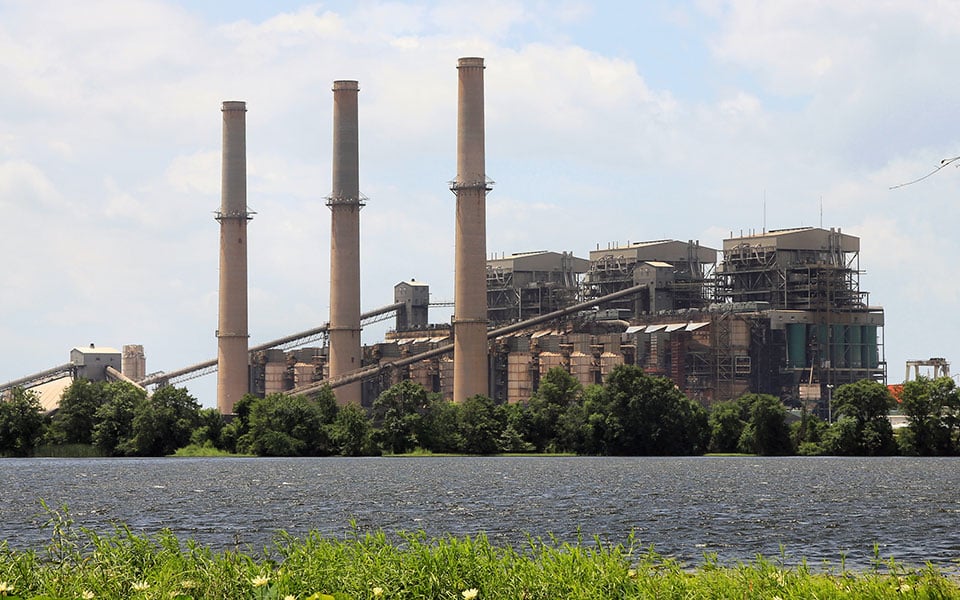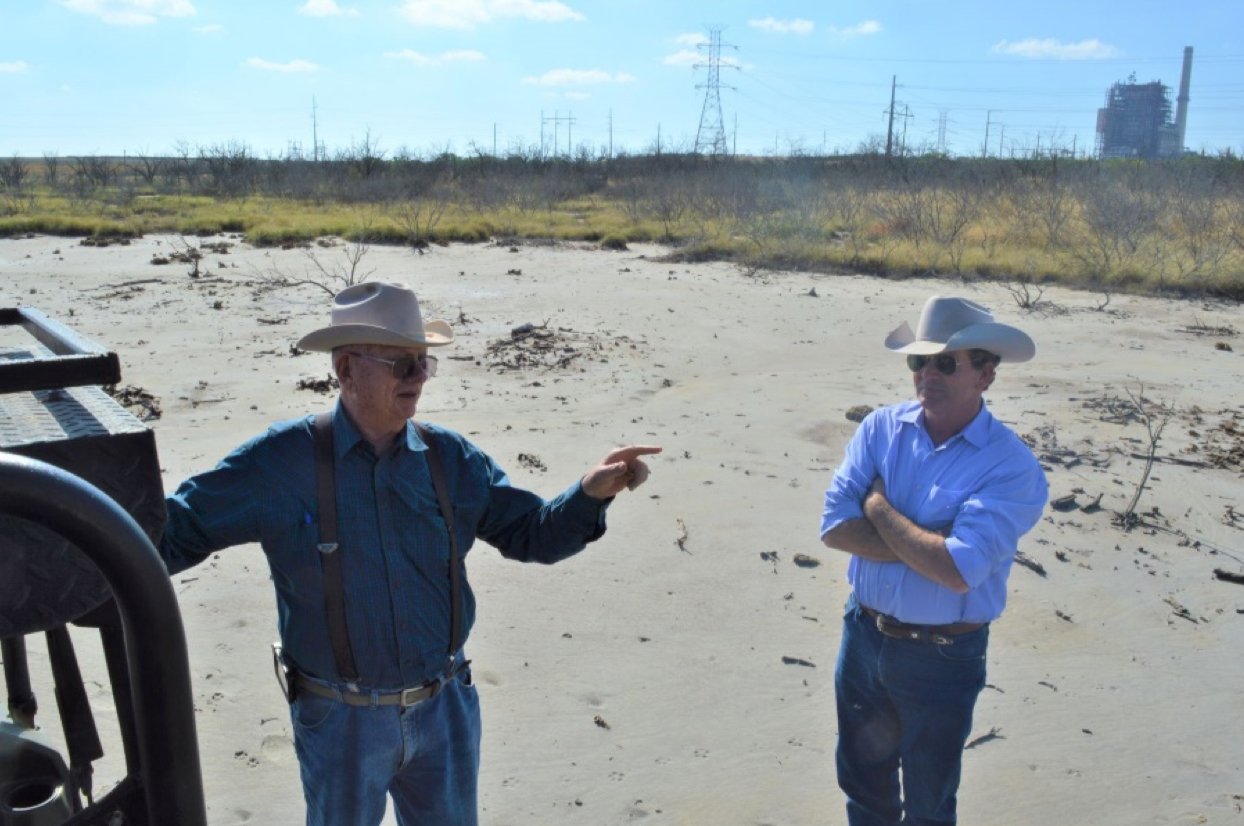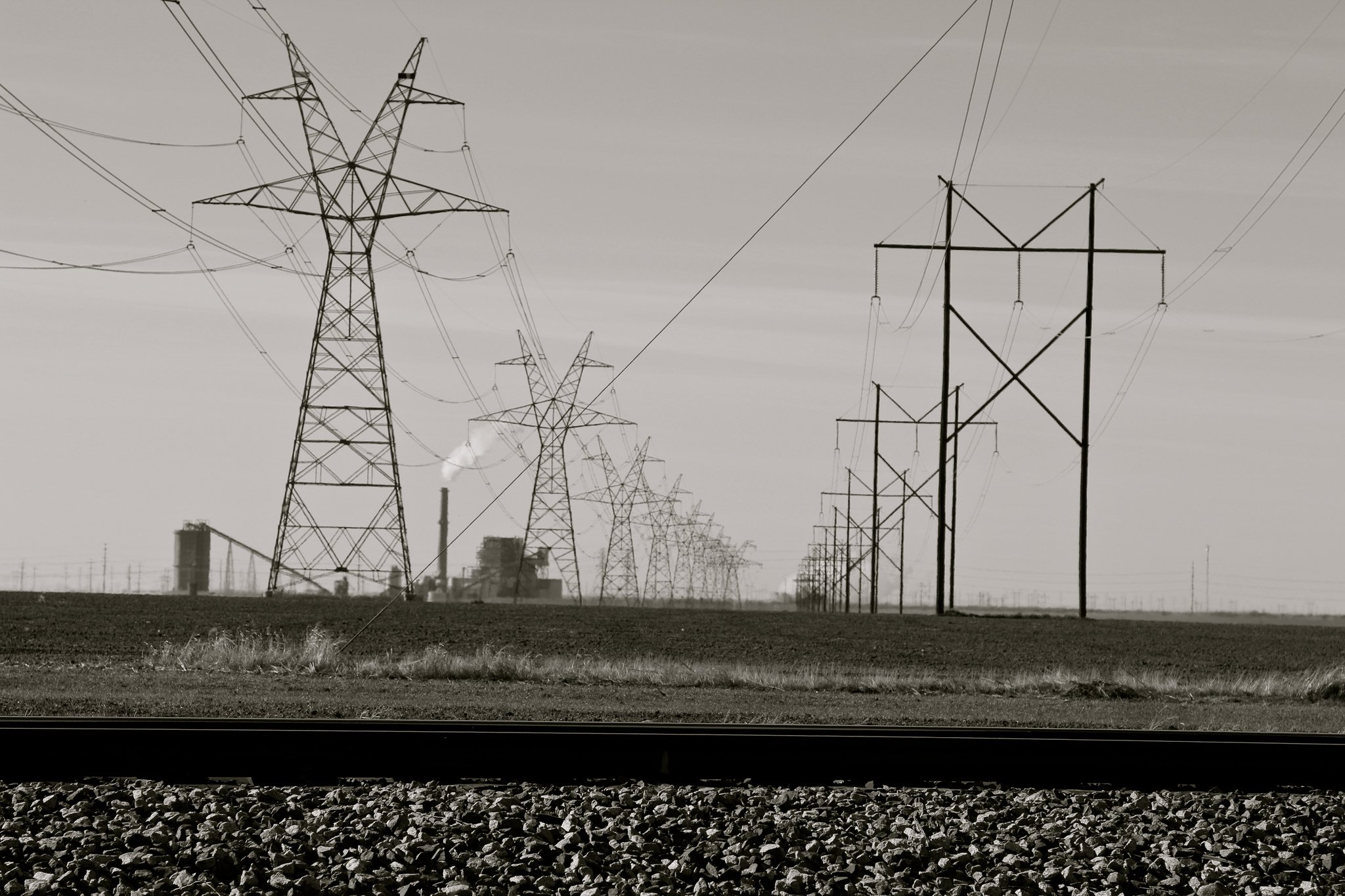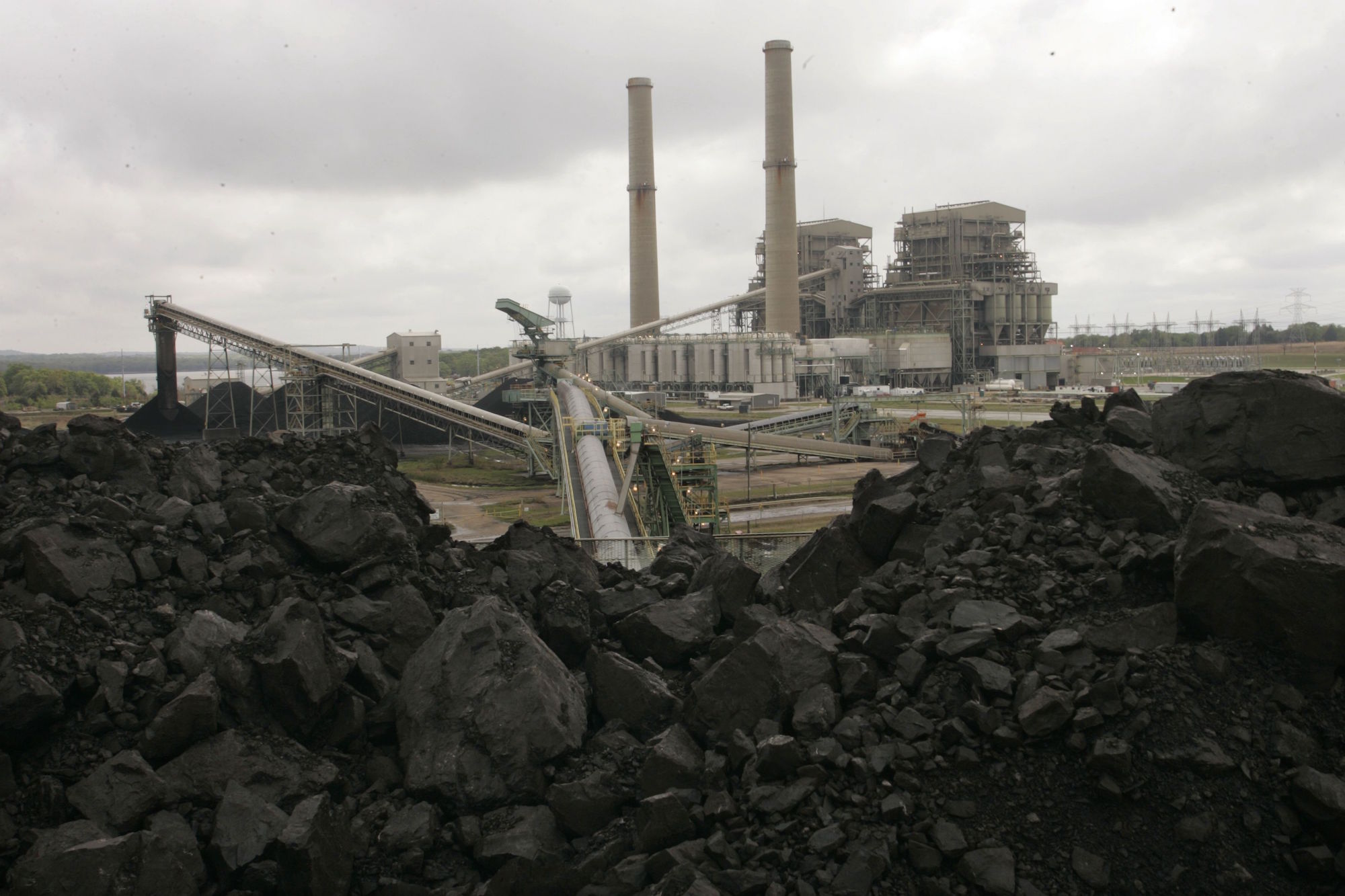
Report: Seven Texas Coal Plants Could Close in Coming Years
Some plants are likely to lose hundreds of millions of dollars, Public Citizen says.

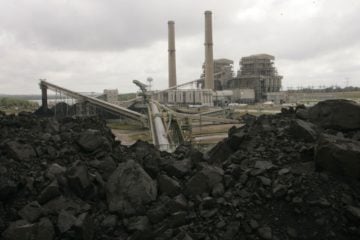
At least seven aging Texas coal plants will struggle to turn a profit as a result of low natural gas prices, increasing competition from wind and solar power and air pollution regulations, according to a new report released Monday.
The report, published by the consumer advocacy nonprofit Public Citizen, found that seven of the state’s 19 coal plants — which represent 40 percent of the state’s coal capacity — are financially inviable and likely to hemorrhage money if power production continues to decline at coal plants and energy market prices remain low in the coming years.
The seven plants — including three owned by Luminant, one owned by Dynegy and three public utility or agency-owned plants — are likely to lose more than $160 million a year. Luminant’s Monticello plant, for instance, is likely to be worst off. It could lose anywhere from $60 million to $100 million dollars each year from 2017 to 2024, according to the report.
“Coal plants are getting less revenue for every megawatt-hour they generate and sell, and they are also generating and selling less product,” said David Schlissel, who wrote the report for Public Citizen and directs resource planning analysis at the research group Institute for Energy Economics and Financial Analysis. “This is a double whammy for coal.”
Coal-fired power plants’ share of total energy generated for the ERCOT grid (Electric Reliability Council of Texas), which serves most of Texas, has declined from almost 40 percent in 2010 to about 25 percent the first six months of this year. That precipitous decline is in part due to the shale revolution, which flooded the market with cheap natural gas and made it difficult for coal to compete.
Technological developments have also caused solar panel and wind energy costs to plummet in the last decade. For example, wind energy costs in Texas decreased from $54 per megawatt-hour to about $22.5 in 2014. Those trends are likely to continue, according to energy economics experts.
“Having more wind and solar in the grid, they’re going to act to keep energy market prices down,” Schlissel said. “It’s a market transformation and it’s not a temporary phenomenon … We see the future more difficult for coal plants.”
Of the seven plants that Schlissel examined, all except one unit of the Fayette plant are more than 33 years old and the four merchant-owned plants — Monticello, Big Brown, Martin Lake and Coleto Creek — are required to reduce toxic emissions in order to comply with a new haze rule finalized earlier this year. As a result, operating those plants requires more capital, making it more difficult to turn a profit.
Still, contrary to the claims of prominent Republican lawmakers, environmental regulations are not the main driver of coal plant retirements, Schlissel emphasized. Although air and water pollution rules make life more difficult for coal plant operators, market forces are the primary cause of coal plants redlining.
“I don’t buy that there’s been a war on coal by Obama and the EPA,” Schlissel said. “While the president and the administration have been concerned about climate change, the real war on coal has come from natural gas and is increasingly coming from renewables.”
